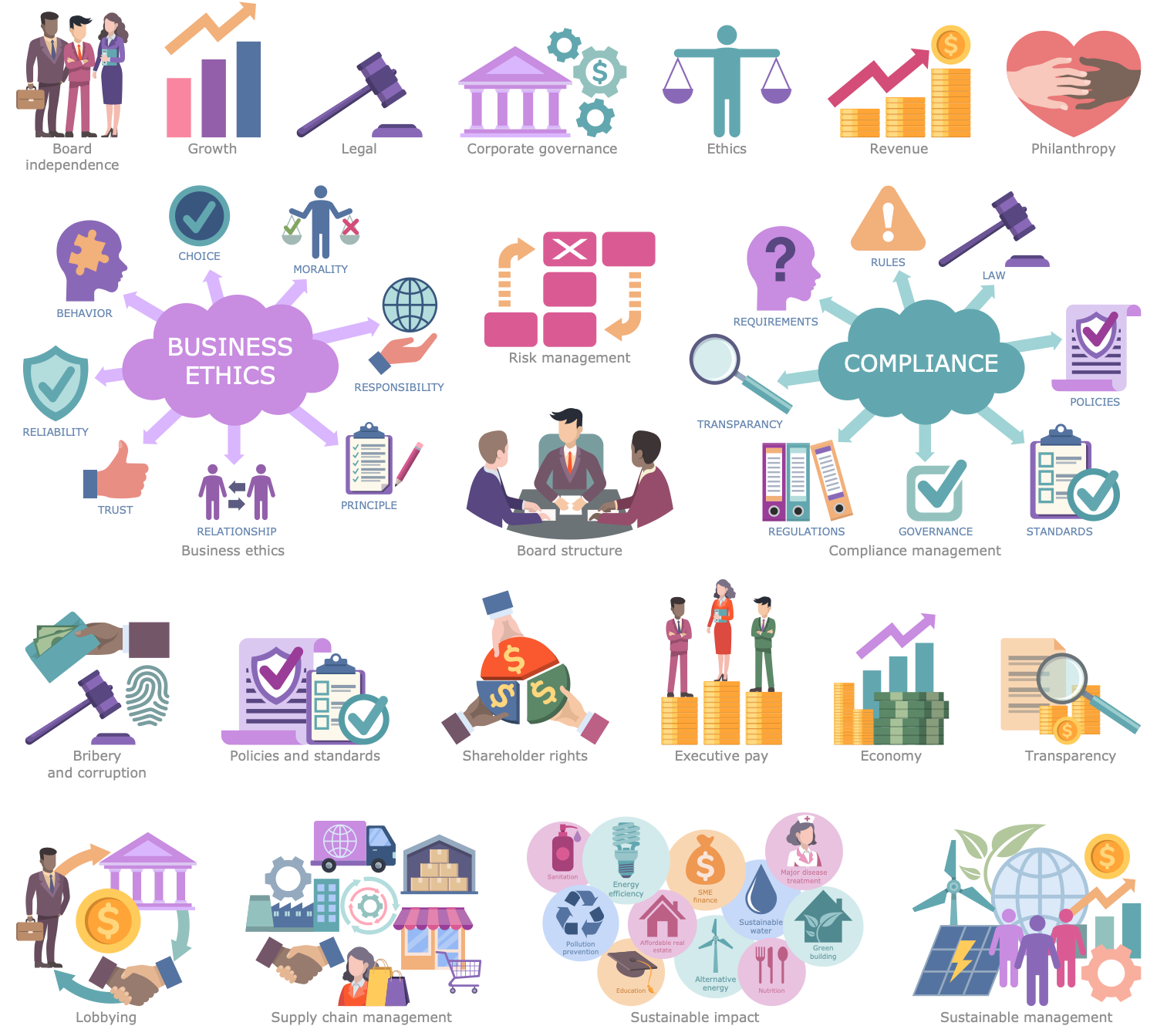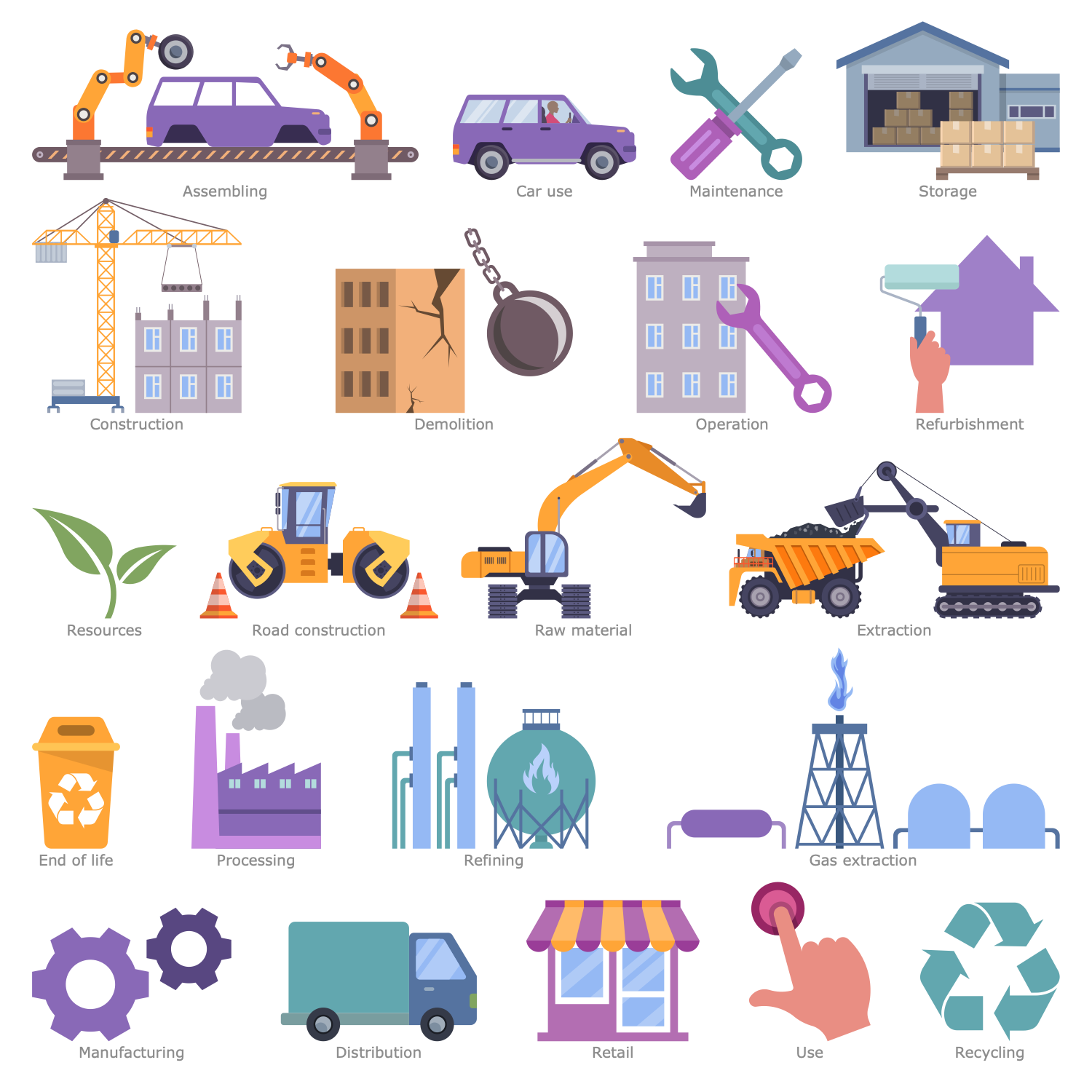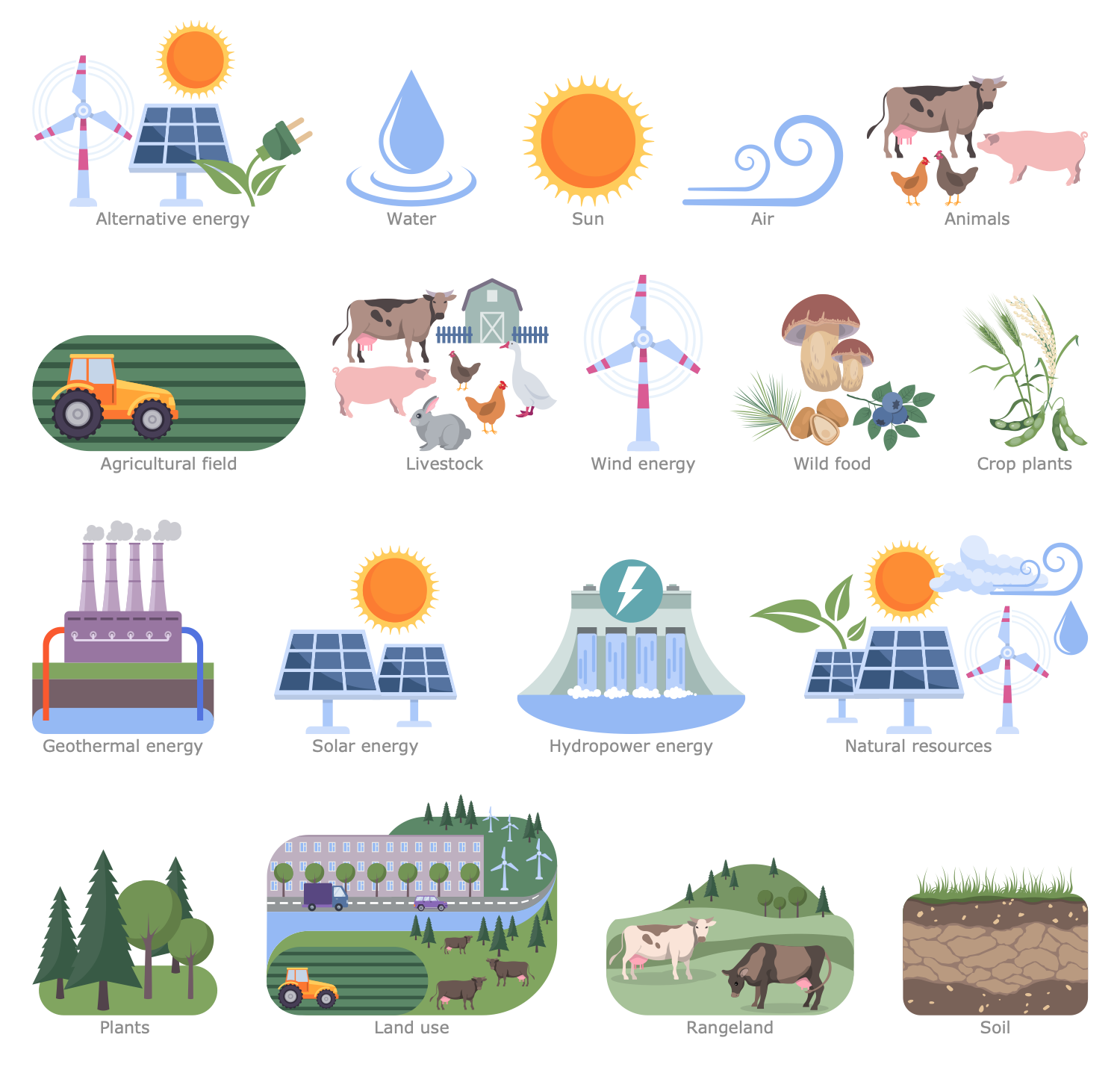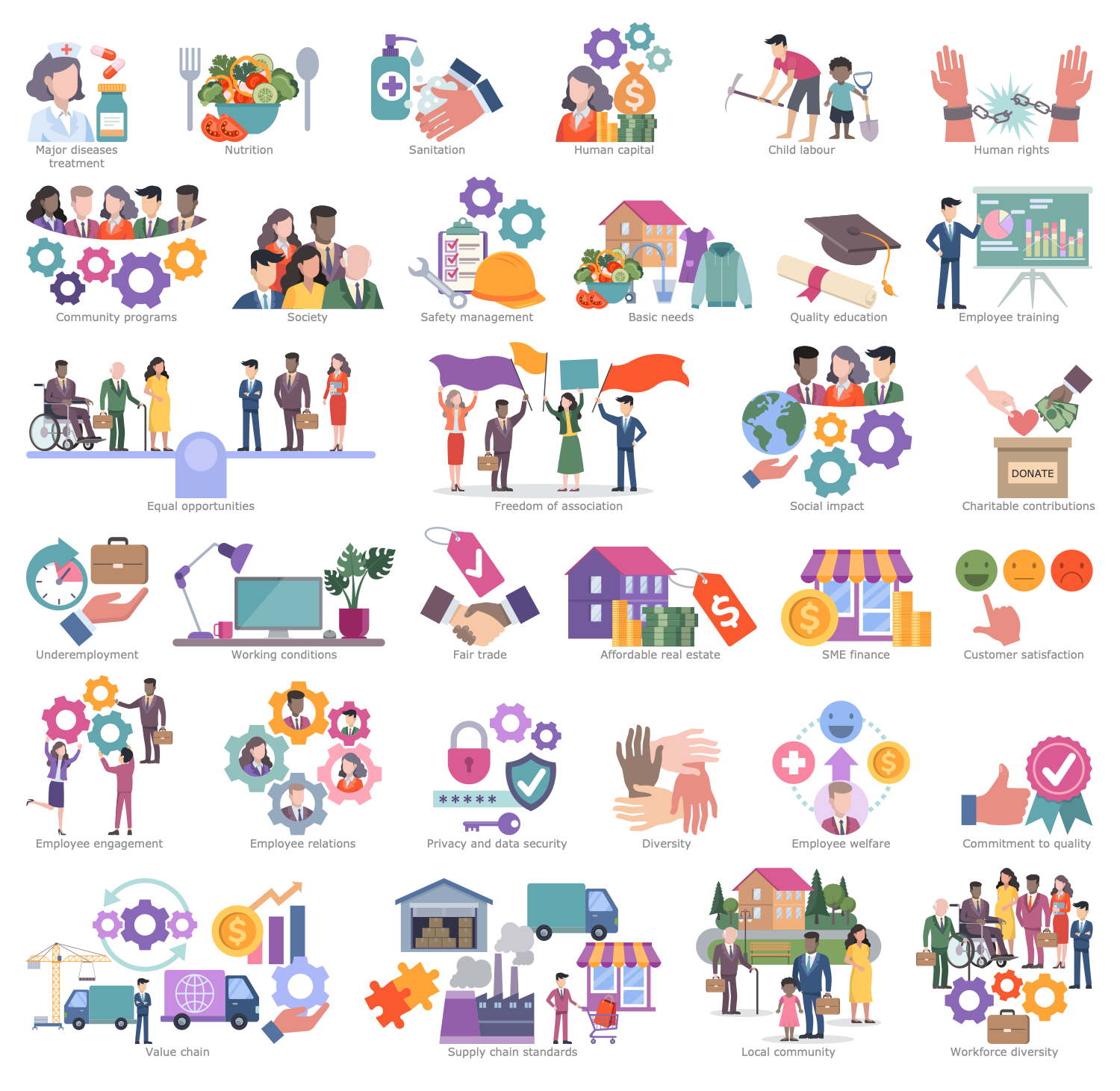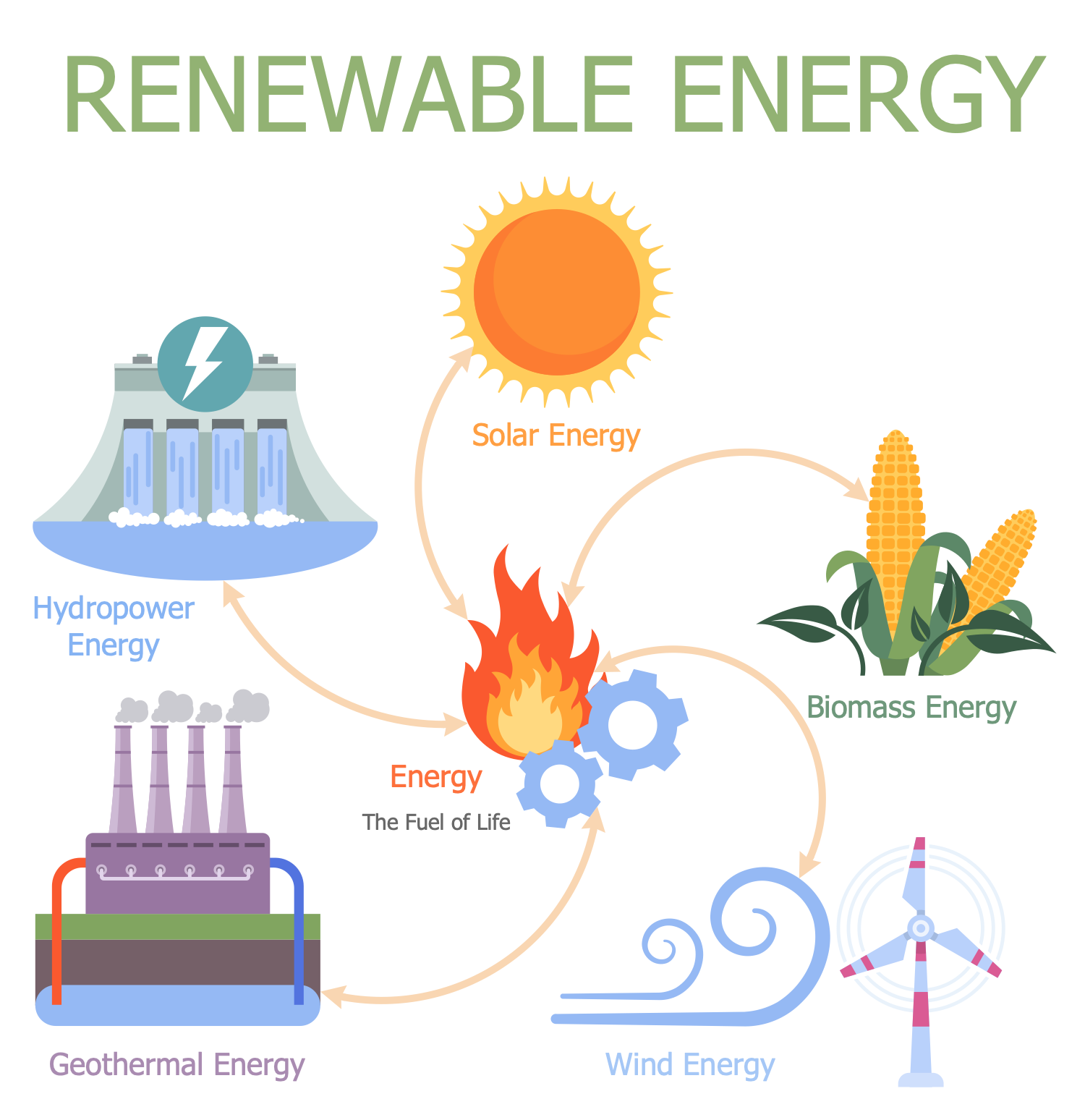Sustainability
Sustainability is the ability to maintain a process continuously over time. Often sustainability is broken into three core concepts: economic, environmental, and social. This makes it similar to the ESG approach. These terms are quite similar and often interchangeable, despite some differences. The similarities between ESG and sustainability concern the environmental and social aspects of a business. But their specific meanings differ. There is a close connection between economic development, social equity, and ecological health.
The key principle of sustainability is meeting the needs of the present without compromising the ability of future generations to meet also their needs. The concept of environmental sustainability is focused on the atmosphere, soil, and water, which must be maintained clear to keep flora, fauna, and healthy population. Social sustainability is focused on the human effects of economic systems, it includes the eradication of inequality, poverty, and hunger.
In business and policy sustainability concerns impacts the ecosystem, population, and economy. It supposes reducing the environmental footprints, preventing pollution and depletion of natural and physical resources, and biodiversity loss. Green investments and the use of renewable resources are encouraged. The aim of sustainability is to prevent suffering irreparable damage to our planet as anthropogenic climate change and mitigate risks.
ESG is an expansion of business sustainability. A company's financial success strictly depends on the saving environment. The term sustainability differs for the companies, each one puts its own meaning and own factors to be sustainable. Meanwhile, ESG sets a specific set of environmental, social, and governance criteria to define a company as sustainable and is a preferred term for investors.
Corporate sustainability creates long-term value for stakeholders by implementing a sustainable business strategy that corresponds to the needs of the environmental, social, and financial systems where a specific business operates.
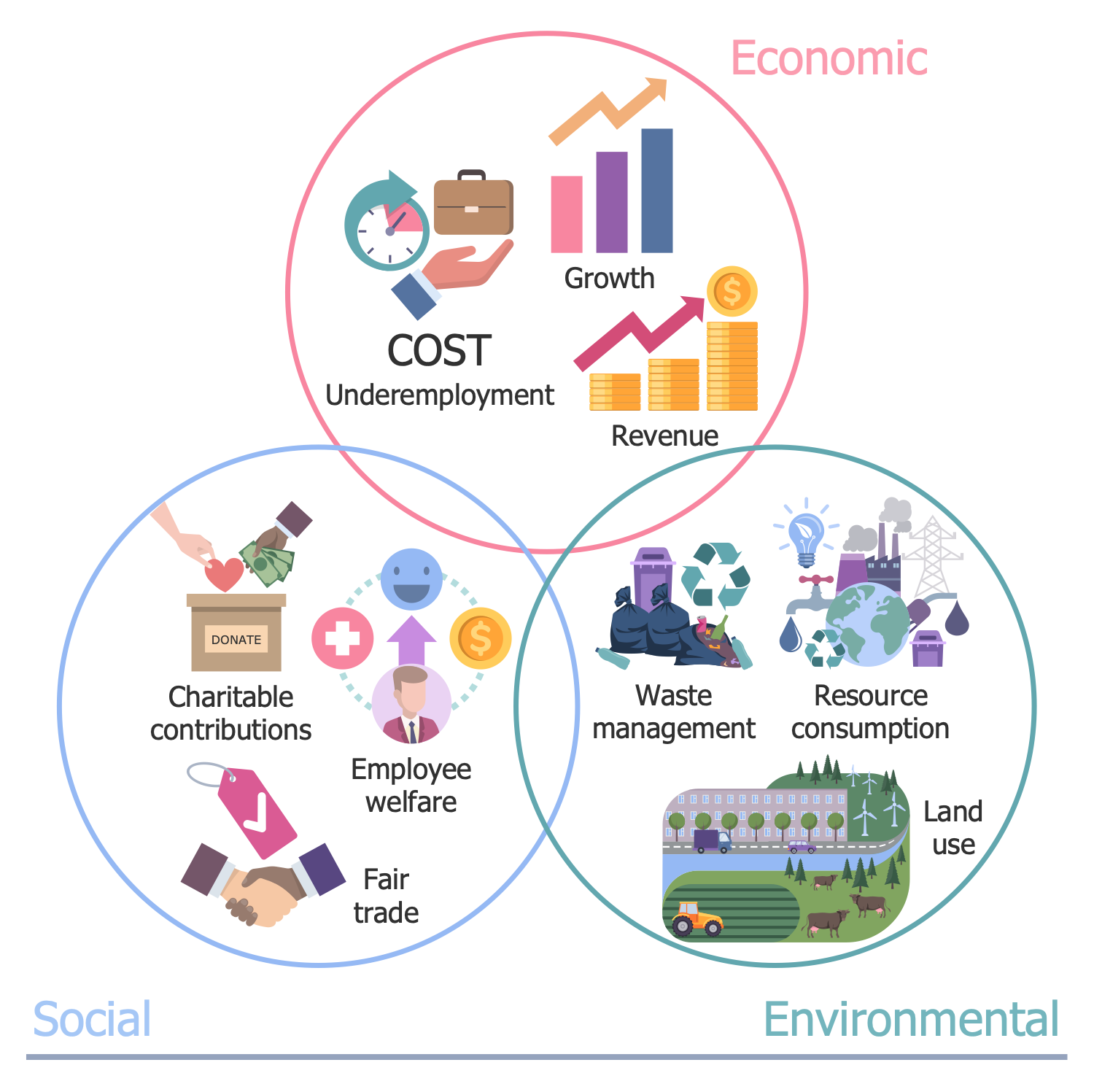
Example 1. Sustainability
Striving to find the best application to design infographics illustrating key principles of sustainability and ESG, criteria, effects, ESG risks, and more important points, turn attention to ConceptDraw DIAGRAM software and Environmental, Social, and Corporate Governance solution included in ConceptDraw STORE. This solution offers a large collection of samples and 6 libraries with ESG-related vector design elements.
Use this diversity of design elements to create ESG infographics of any complexity in a few minutes. They help to make your infographics bright and attractive. Simply outline the key economic, environmental, and social issues, key points of sustainability and ESG, and drag the desired clipart to illustrate your diagram.
Example 2. ESG Infographics — Renewable Energy
The ESG infographic samples you see on this page were created in ConceptDraw DIAGRAM software using the drawing tools of the Environmental, Social, and Corporate Governance Solution. These examples successfully demonstrate the solution's capabilities and professional results you can achieve using it. An experienced user spent 5-10 minutes creating each of these samples.
Use the drawing tools of the Environmental, Social, and Corporate Governance solution to design your own ESG Infographics quick, easy, and effective.
All source documents are vector graphic documents. They are available for reviewing, modifying, or converting to a variety of formats (PDF file, MS PowerPoint, MS Visio, and many other graphic formats) from the ConceptDraw STORE. The Environmental, Social, and Corporate Governance Solution is available for ConceptDraw DIAGRAM users.
